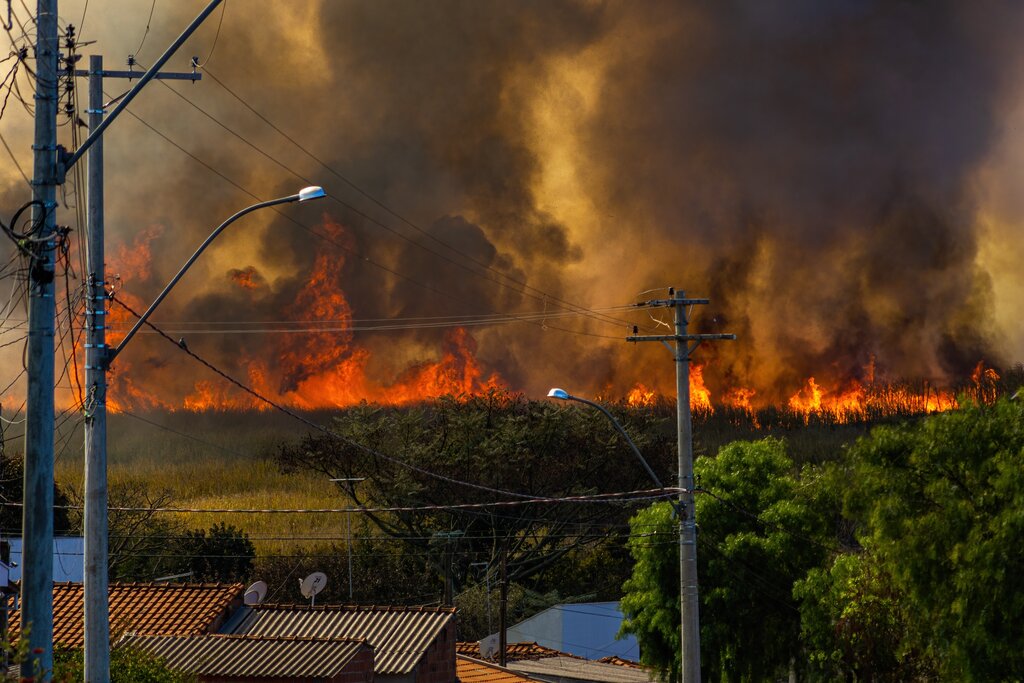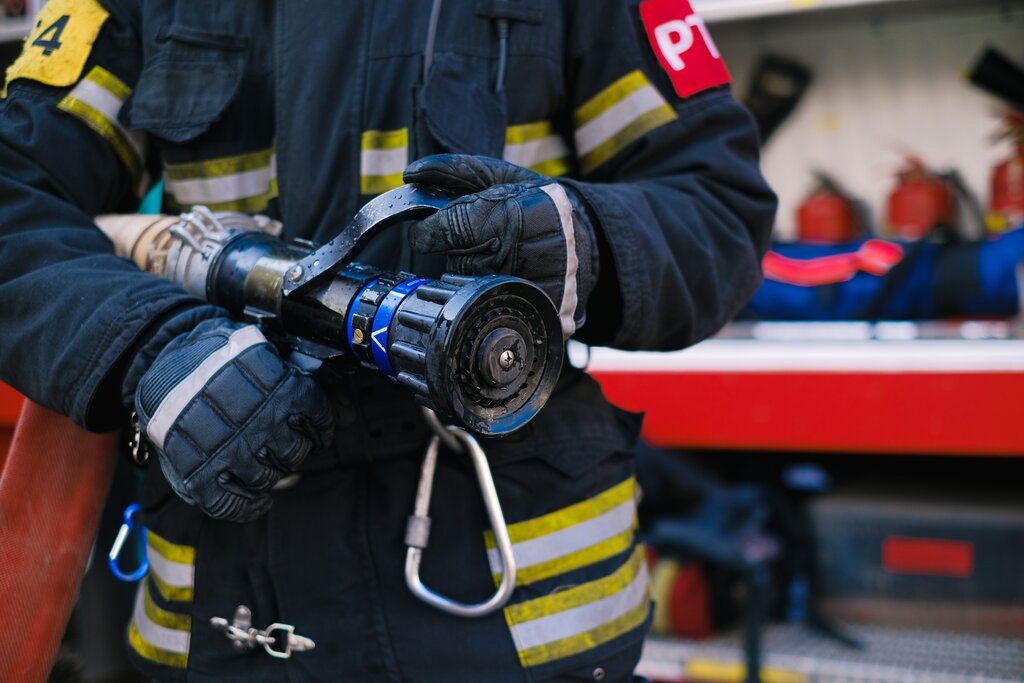Women Increasing Their Ranks
Among Wildland Firefighters
The fire chief at Yosemite National Park walked into the dining hall and was taken aback.
“It was just, like . . . stunning,” Kelly Martin said. “I needed a moment.”
Thirty-five female colleagues were staring back at her. Martin had never seen so many women firefighters in her entire career of more than three decades.
Women in Fire
In 2016, these firefighters participated in a three-day prescribed burn sponsored by the Northern California Prescribed Fire Council and the Fire Learning Network.
It was the first-ever training exchange designed specifically for female wildland firefighters.
It’s called WTREX, Women-in-Fire Prescribed Fire Training Exchange.
Its purpose? To increase diversity in the wildland firefighting talent pool. The exchange engaged firefighters of both sexes in building a support network for female fire practitioners. This is where women mentored and trained one another, while leading and conducting controlled burns.
According to the most recent NFPA statistics, women represent 7.3 percent of all U.S. firefighters. And about 12 percent of the permanent wildfire suppression jobs at the Forest Service, Bureau of Land Management and National Park Service are occupied by females.
But, while U.S. women have been involved in firefighting for more than 200 years, they’ve only been fighting wildfires for about the last 80. In 1942, the first all-woman forest firefighting crew was employed by the California Department of Forestry.
–Article Continues Below–

During the postwar period, the U.S. Forest Service (USFS) and Bureau of Land Management (BLM) also paid a few women for fire suppression work. And in the summer of 1971, an all-female BLM crew worked in Alaska, while a crew of USFS women fought wildfires in Montana from 1971-72.
Martin herself has defied the odds to become one of the highest-ranking officers in federal wildfire management. Let’s take a look at some of the other trailblazers…
An “Old-School Badass”
Bequi Livingston has been described as an “old-school badass.”
 In 1979 she began working with the USFS in the Smokey Bear Ranger District of New Mexico. She then became a seasonal firefighter and gradually worked her way up through the ranks. Livingston was one of the first women ever to serve as an aerial firefighter on the Sandia (N.M.) helitack crew. She was also one of the first to become a Smokey Bear Hotshot.
In 1979 she began working with the USFS in the Smokey Bear Ranger District of New Mexico. She then became a seasonal firefighter and gradually worked her way up through the ranks. Livingston was one of the first women ever to serve as an aerial firefighter on the Sandia (N.M.) helitack crew. She was also one of the first to become a Smokey Bear Hotshot.
Livingston has devoted her career to fighting wildfires alongside the most respected crews in the western United States. Today, she’s dedicated to training her female colleagues in the complexities of backcountry firefighting.
Livingston acknowledges that the job can be very physically demanding, and she’s well aware of the obstacles she and other women have had to overcome. “In work like this,” she says, “everyone has to have everyone else’s back. Male or female, doesn’t matter.”
In 2012 Livingston started Women in Wildland Fire Boot Camp, to provide women with a supportive place to get started. Take a look:
Protector of Threatened Habitats
For the past two years, Natalie Nasatka has worked as a wildland firefighter for the U.S. Fish and Wildlife Service. In addition to fighting wildfires, her crew uses prescribed burning to protect the habitats in which threatened and endangered species thrive.
Nasatka began her career in habitat restoration with the Student Conservation Association and BLM in the Mojave Desert. After completing her degree in wildlife conservation, she interned with the BLM in fire ecology. From there, she started fighting wildfires.
Nasatka says she chose this challenging career path because she wanted her life to have meaning. Back at camp at the end of a long hard day, her crew will discuss how that day’s burn went. Once, after working to maintain a habitat for the red-cockaded woodpecker, there was a lull in the conversation. That’s when they all clearly heard a woodpecker off in the distance.
“I like to think he was thanking us for helping to protect his home.”
Firefighter Extraordinaire
Cid Morgan, forest supervisor of the Hiawatha National Forest in Michigan’s Upper Peninsula, has been around the block a few times.
Morgan started out as a USFS summer seasonal worker in the western Upper Peninsula in 1978, before earning both a bachelor’s and master’s degree in wildlife management.
She’s worked as a seasonal employee in Oregon, California, Montana and Idaho. For five years, she was the district ranger for the Angeles National Forest in Southern California; for eight years, she served as the ecosystem program manager for Indiana’s Hoosier National Forest. Prior to her current appointment, she spent nine years as the district ranger for the Sandia District of New Mexico.
You could say she’s earned her stripes. And a lot has changed over the course of Morgan’s 40 years as a wildland firefighter.
“When I started in ’78, they still wouldn’t let ‘girls’ go on fires,” Morgan said. “Now,” she added with a smile, “I’m in charge.”
Sources:
Featured Image: U.S. Forest Service Photo, Public Domain





